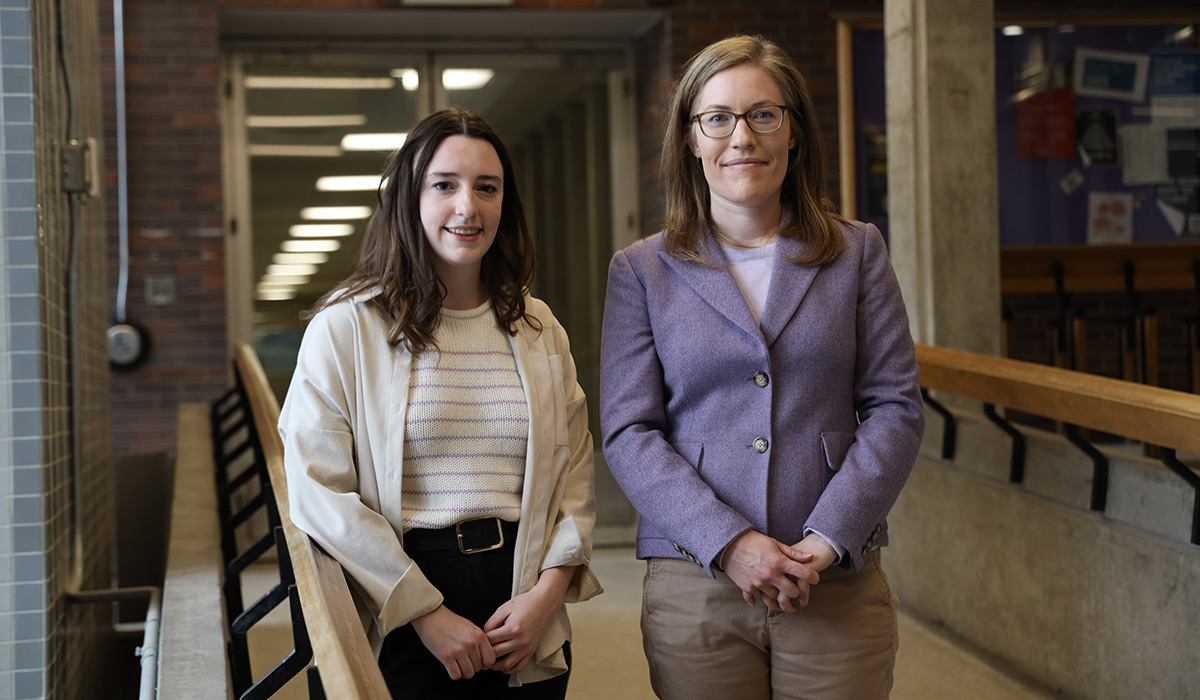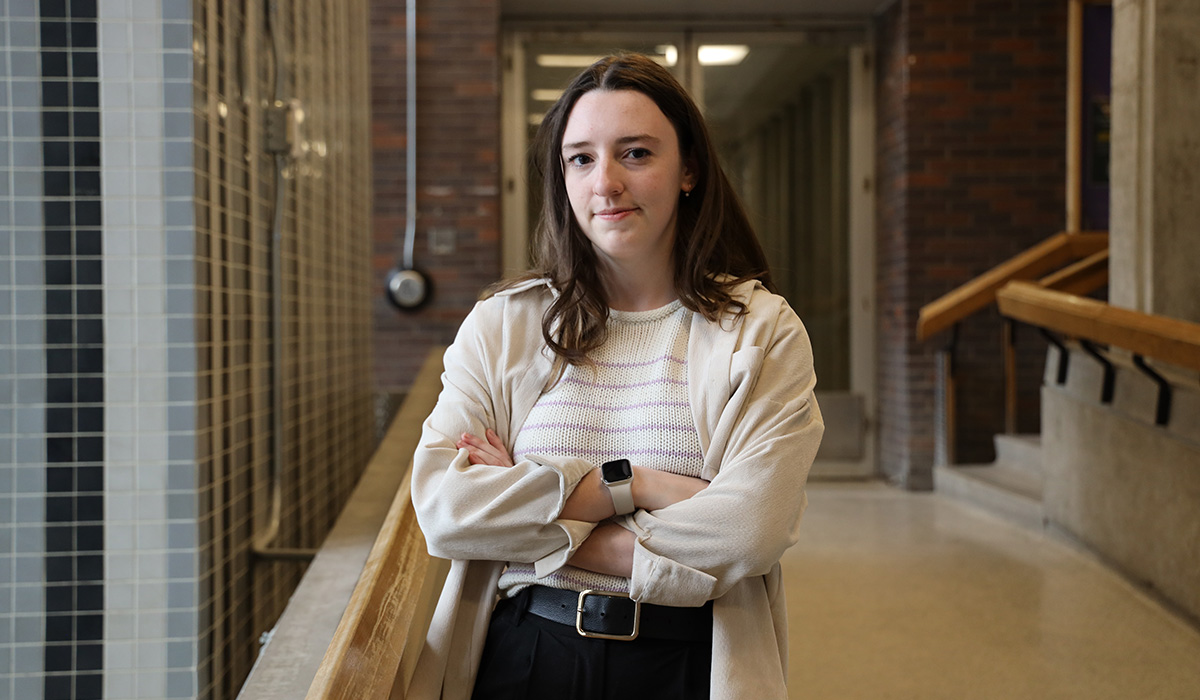Two of the most important technologies for mitigating global warming, according to the Intergovernmental Panel on Climate Change, are wind and solar power. Both are crucial if we are to wean ourselves off fossil fuels and significantly reduce the amount of carbon dioxide being released into the atmosphere.
Thankfully, technological advances over the past couple decades have made wind and solar installations much more effective. Yet the inconsistency and unpredictability of these weather-dependent energy sources remains a major hurdle, limiting investment in the sector and making electrical grid managers – and individual Canadians – reluctant to commit.
This is why Carleton University Mechanical and Aerospace Engineering researcher Kristen Schell is using geospatial data, mathematical models and deep learning to develop more accurate weather forecasts about the availability of renewables such as wind and solar.

Her work as co-director of Carleton’s Alternative Pathways for the Energy Transition (APEX) research group aims to make the essential shift to renewable energy happen faster, allowing wind and solar energy to play a bigger role in the fight against climate change.
“We’re trying to make their power output more predictable, so they can be relied upon,” says Schell.
“If the models are precise enough, wind and solar could replace coal and nuclear as our baseload source of power.”
Making More Accurate Projections
Forecasting the behaviour of natural forces and phenomena is always a challenge – just ask the people responsible for telling you what the weather will be like next week.
Because the “intermittency” of wind and solar is unavoidable – these resources are not available 24/7 and grid-scale batteries can currently only store four hours’ worth of power – more accurate projections are key to their widespread adoption.
“We need supply and demand to match at every instant,” says Schell. “Having this intermittent supply is the biggest reason why there’s hesitancy to invest in wind and solar, despite all their benefits. What we’re trying to do is reduce that uncertainty by creating models that can predict how exactly much power we’ll have and when. If you know that information, then you can plan and schedule it into the grid.”

To make her wind models, Schell considers a long list of factors: topographical maps showing the location of wind farms as well as the arrangement of turbines within those farms; the historical output from these farms; and weather information such as wind speed, temperature and air pressure. She combines large datasets of statistics with physics principles, such as the fluid flow of air, and then feeds everything into deep learning algorithms — which can calculate the power that individual wind installations will generate — to come up with the best possible predictions.
Solar energy forecasting relies upon a similar process and similar equations, since “the main uncertainty with solar is related to the movement of clouds,” explains Schell.
“When you have a lot of cloud cover, or other precipitation factors like snow, that impacts the electricity being produced.”
Most of Schell’s research is based in Ontario and Alberta — the provinces with most wind farms, and the two jurisdictions within Canada in which the electricity systems operate as markets. This setup allows Schell to use market data from the two provinces and compare the actual production of wind farms with what they were forecast to produce, helping her further fine-tune the models.

By approaching renewable energy models from multiple angles, “we’re hoping to develop better forecasting,” she says, “that reduce the error to almost zero.”
A Race Against the Clock
In Canada, wind and solar power have been the least expensive forms of energy to produce – in dollars per kilowatt-hour – since 2014.
“If we look at nuclear and natural gas, the financial and environmental costs are what I would consider unfair for us to be bearing when there are so many cheaper and better alternatives,” says Schell.
“It will be hard to change the fundamentals of our energy system, but we could be one of countries that shows what’s possible, and the up-front capital investment will follow.”
However, these critical infrastructural upgrades to our energy system guided by precise scientific models like Schell’s are needed yesterday.
Case in point: Alexandria MacDonald, a student research assistant working with Schell, is investigating how well our current electrical networks are equipped to handle the incoming spike in demand from electric vehicles.
“We’re lacking infrastructure and we’re going to run out of power very, very quickly because we honestly waited too long to start our transition,” says MacDonald, a fourth-year undergraduate in the Bachelor of Engineering in Sustainable and Renewable Energy program at Carleton, the oldest such program in Canada.
“The demand for electricity is only going to continue increasing, so it’s become a race against the clock.”
